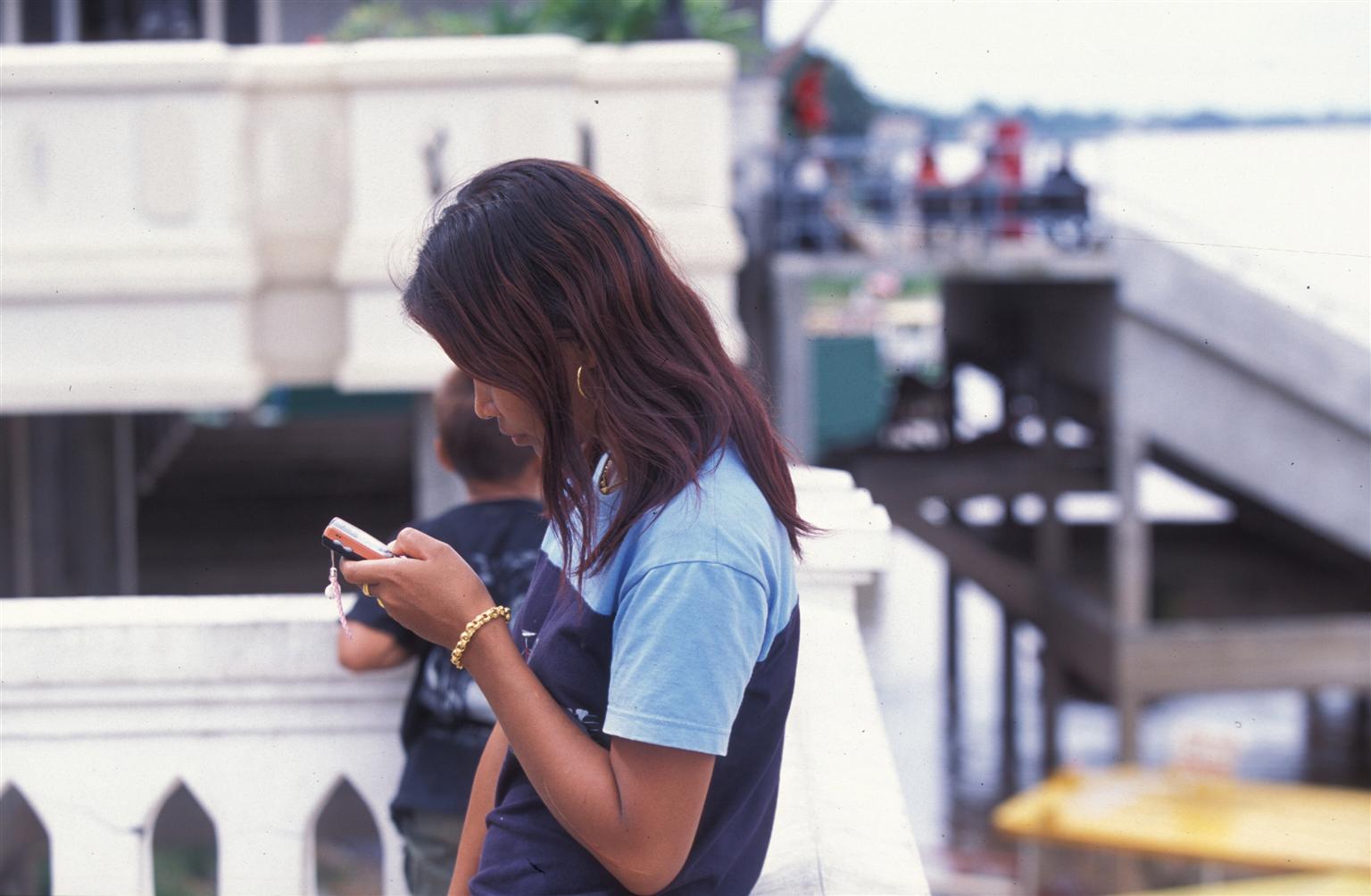
Child 'self-generated' sexual material is a growing issue for children’s safety on the internet. It is when children and young people take images and videos using smartphones or webcams, and then share them on online platforms. While it may be a form of expression for some children, it comes with a lot of risks of online abuse and exploitation.
Children may be groomed, deceived or extorted into producing and sharing sexual images or videos of themselves, often by someone online, who is not physically present in the room. The imagery might be used to further coerce or blackmail children and might be misused or spread without consent.
In 2022, the Internet Watch Foundation found 199,363 pages containing child 'self-generated' sexual material – a nine per cent increase from 2021.
WeProtect Global Alliance and Praesidio Safeguarding spoke to children and young people on the issue of ‘self-generated’ sexual material in three countries – Ghana, Thailand and Ireland. They used small focus groups with children aged 13-17 and asked them to share their thoughts about how and why children created these materials, and their solutions to risks of abuse.
Themes drawn out from discussion with the children show that:
‘Self-generated’ sexual material is common in all three countries. But risks and motives can be different. In Thailand, for example, pressure by peer groups was a major driver for sharing such material and in Ghana sexual exploitation for money was the most common risk.
It is influenced by gender. Participants shared that girls can be called derogatory name sand blamed for sharing 'self-generated' imagery online, but boys often don’t
Children are scared to report – both because of the legality and the stigma. They worry that sharing with the police and other support services might lead to being shamed, and would not guarantee confidentiality.
They want to be better educated on the issue and they want tools that can help and empower them, especially by the technology platforms they use.
The briefing paper draws out a number of recommendations to address this issue, including increased education, legal reform and strengthened systems by governments and more safety solutions adopted by technology companies.
Read more about the paper here.
Learn more about keeping children #SafeOnline.
Image: © UNICEF/UNI40697/Holmes